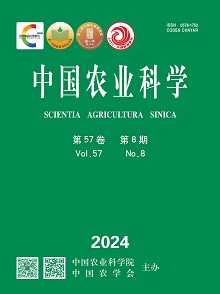【Objective】 As the important components of our daily diet, the vegetables contain various nutrients people need. The objective of this study was to evaluate vegetables by the categories, contents and proportion of nutrients in vegetables to provide scientific guides for people to choose vegetables. 【Method】 38 common vegetables were selected as test materials and divided into ten kinds, including leaf vegetables, stem vegetables, flower vegetables, allium species, solanaceous vegetables, melon vegetables, root vegetables, tuber vegetables, fresh bean vegetables, and wild vegetables, according to China Food Composition 2 nd. 42 essential nutrients were defined as evaluation indexes, including water, protein, fat, carbohydrates, minerals, vitamins, amino acids and 2 unsaturated fatty acids (linoleic acid (ω-6) and a-linolenic acid (ω-3)) and dietary fiber, which were considered as good for health. And then the contents of the nutrients of the vegetables were listed in terms of China Food Composition 2nd. Three degree ( Degree of Diversity (DD), Degree of Match (DM) and Degree of Balance(DB)) of 42 kinds of nutrients’ in 38 common vegetables were calculated respectively.. Finally, the Deviation Index as the overall nutrient evaluation of the three indexes was culculated, and then an overall nutrient evaluation of the vegetables based on Deviation Index was analyzed. 【Result】 DD indices showed that the common vegetables had the similar kinds of nutrients. DM indices indicated the contents of nutrients of the stem, leaf and flower vegetables were high and the top three vegetables were shepherd’s purse, coriander and spinach. DB indices showed the proportion of nutrients of the flower vegetables and allium vegetables were more suitable for people’s needs and that the top three vegetables were onions (young green), leek and cucumber. Finally, based on ‘Deviation Index’ giving an overall nutrient evaluation ranking for vegetables, it showed that the deviation index of the stem, leaf and flower vegetables were small and that the top three vegetables were shepherd’s purse, coriander and spinach.【Conclusion】 Compared with previous vegetable profiling models, such as index of nutrition quality and nutrient profiling, this method considered the proportion of the nutrients in vegetables so that it ensured the nutrition profiling of vegetables more comprehensive. As the deepening of the scientific research, we coud certify the contribution of the nutrients to people and then multiplied by the corresponding weights so that this nutrient evaluation was more suitable for people’s needs.











